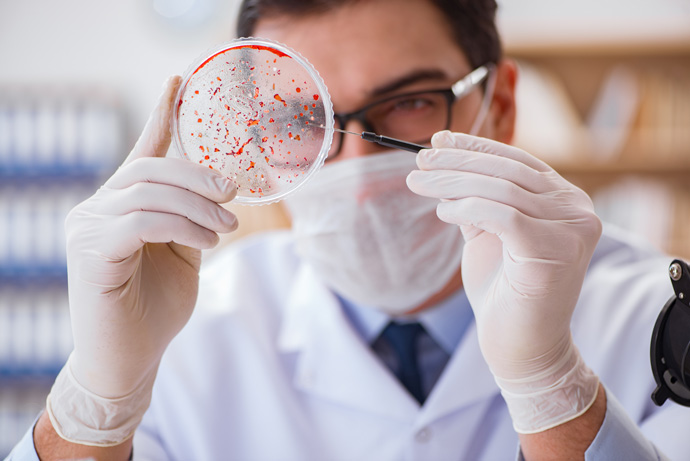
A team of researchers in the United States has developed a new biosensor system that makes it easier to monitor how stem cells change into mature cells. This breakthrough will help scientists understand the progression of diseases like Parkinson’s disease, making it easier to develop effective treatments.
Stem cells have the ability to differentiate into other types of cells, including brain nerve cells. They are the subject of many studies due to their potential use as a treatment for neurological conditions like dementia, Alzheimer’s disease and Parkinson’s disease.
Stem cells can be used to create new brain cells which replace cells damaged or destroyed by an illness. However, one of the key challenges faced by researchers is understanding how stem cells operate while in the brain. This new research may give them a way to monitor the activity of stem cells and improve their performance.
As co-author of the study, Dr. KiBum Lee, explains: “A critical challenge is ensuring high sensitivity and accuracy in detecting biomarkers — indicators such as modified genes or proteins — within the complex stem cell microenvironment,” he continued, “Our technology, which took four years to develop, has demonstrated great potential for analyzing a variety of interactions in stem cells.”
The new technique for monitoring stem cells uses an advanced technology called Raman spectroscopy. This involves computer analysis of how light reflects off molecules in order to determine what those molecules are.
The signals that are produced by Raman spectroscopy are very difficult to see on cells so small. So, the scientists used gold nanostructures and thin layers of graphene to amplify them. The researcher’s stem cell analysis helps them learn what molecules a stem cell in making and gives them insight into gene expression.
To test their research, the scientists looked at neural stem cells, which are responsible for creating neurones. They confirmed that the stem cells which turned into neurones hade a high expression of a neutron marker TuJ1 (class III β-tubulin). This new technique will help facilitate additional stem cell breakthroughs in years to come.
{{cta(‘d59882b5-74e2-4033-be94-d4c340e1978c’)}}


